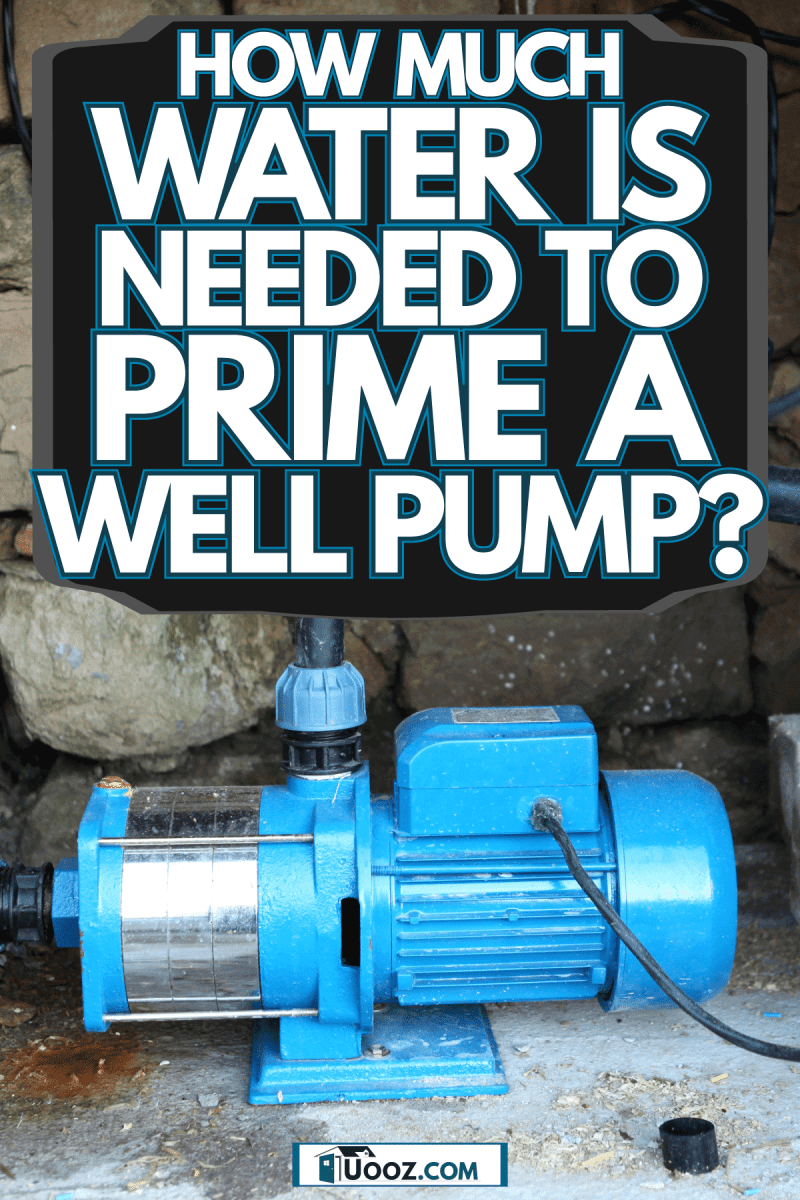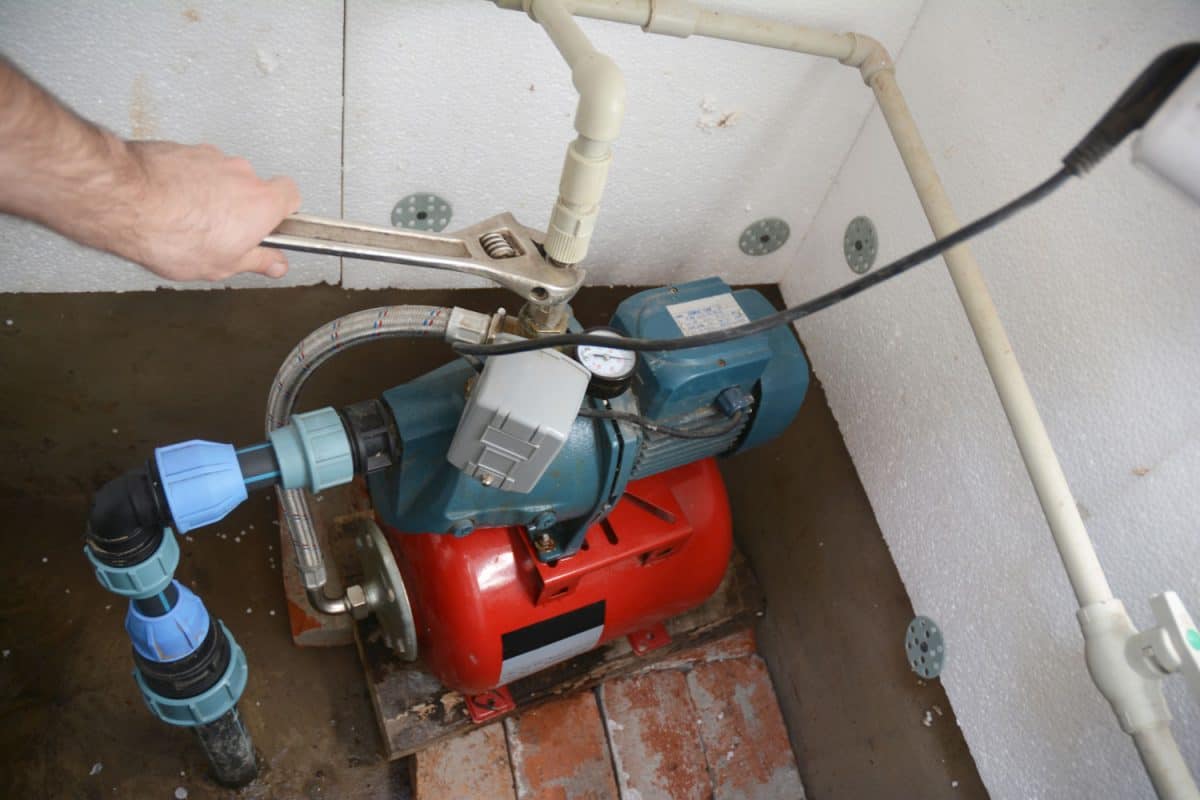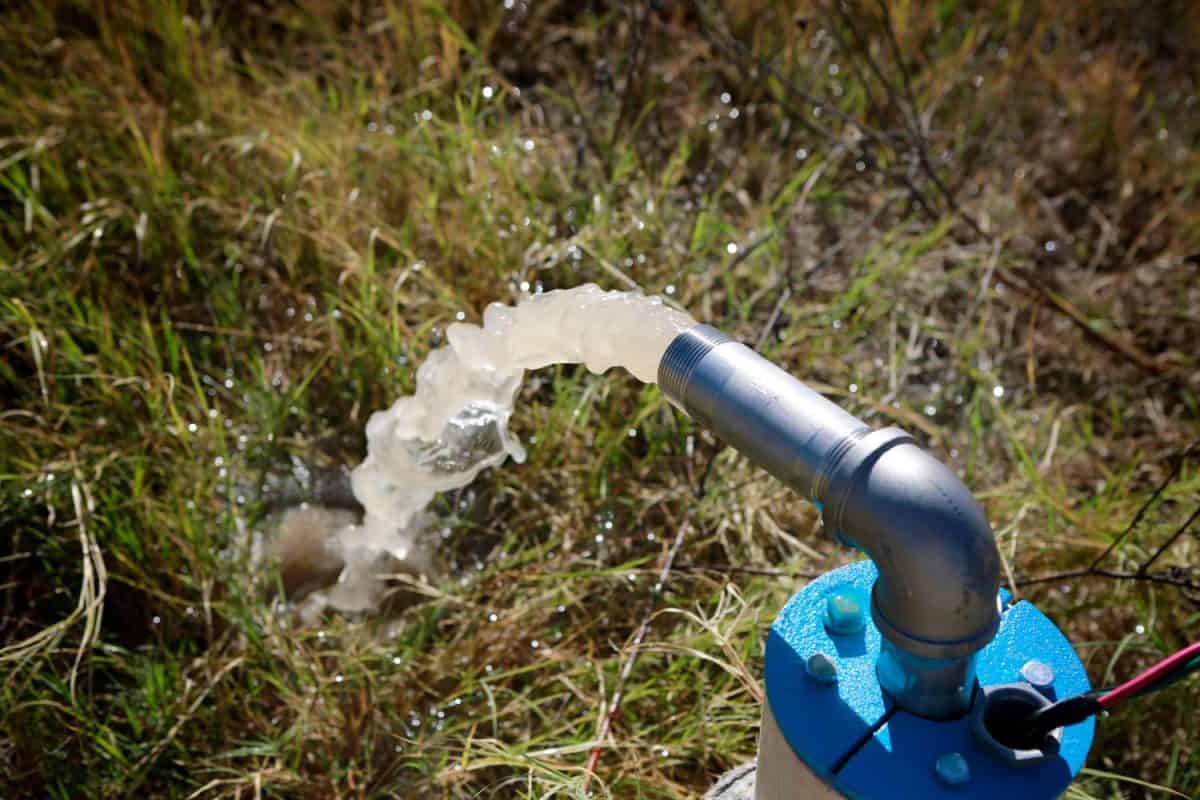Whether you are getting ready to set up a new well pump or trying to re-prime your existing system, the amount of water needed to prime it is important. We delved into the subject to correctly answer this question, finding the best sources to back it up. See our findings below.
In general, you will need approximately one or two gallons of water to prime your well pump effectively. This can vary, depending on the depth of your well. However, most pumps are self-priming and only require you to prime them upon installation.
Don't stop reading just yet. We still have a lot of ground to cover. Follow along as we discuss reasons you may need to re-prime your pump, how to tell if it requires manual priming, what happens if your pump is not primed, and more.

How Much Water is Needed to Prime a Well Pump?
When you first install your well pump, you need to prime it. You will need about one to two gallons of clean drinking water for this process since the water will ultimately be flowing from your pipes. After the initial installation, your pump should keep its prime; however, there are some factors that can cause it to lose its prime.

If this is the case, you will use these same steps to re-prime the pump.
How to Prime a Well Pump
Priming a pump is a very simple process. Before getting started, make sure to turn off all power to the pump. There will be a cap on the pipe that runs into the ground. Using a wrench, remove the cap. You will then begin adding water down the pipe until it is full.
If you have an additional source of running water, Anglian Pump Services suggests using a hose for this step. Otherwise, you will need to pour water from a standing source such as a jug or bucket. Once water begins to spill over, return the cap.
Turn the power back on, and run a faucet. At this point, your pump should be primed and working correctly. However, if it does not work, you should repeat the process a few times until the pump holds a prime.
Watch this YouTube video as a visual guide.
How Do I Know if My Pump Needs to be Primed?
If you turn on a faucet and receive no water, this is a sign that your pump needs to be primed. Under normal circumstances, after initial installation, your pump should prime on its own. However, if you winterize your well, you will need to prime it once you get ready to use it again.
Troubleshooting a Well Pump

There are a few issues that will cause your pump to lose its prime. The first thing you need to do is make sure there is water in your well. This may seem like an impossible task, but if your well isn't too deep, it can be done. Knowing the depth of your well will make it even easier.
Checking the Water Level
First, cut a long piece of string, and tie a bolt to the end. Remove the cap from the well pipe, feeding the string and nut down the pipe until you feel slack. Now, press your ear gently to the pipe, and lift the string up and down. If you don't hear any splashing, your well is likely dry.
If you hear splashing, mark the string before retracting it from the well. Using a tape measure, measure the length from your marking to the bolt. This will tell you how far down your water lies. If you have a 20 foot well and get a measurement of 15 feet, you have five feet of water in your well.
What to Do If My Water Well Runs Dry
It is not uncommon for wells to run dry during hot summer months and droughts. If you discover that you do not have sufficient water in your well, you may have to find an alternative water source for the time being. In some cases, however, you may be able to dig a bit deeper to regain water access.
If your pump is shallow, you can also place it deeper into your well. If there is water farther down, this will give you access to it. If these solutions don't work, try digging a new well. Sometimes you will find water in other locations on your property.
Checking the Water Flow
If you prime your pump, but it does not hold the prime, you may not have enough water flow to your pipes. The most common cause of low water flow is debris buildup. This is an easy fix. Pour a gallon of vinegar down the pipe. After 24 hours, check your well. If it still is not running properly, the vinegar may not have been strong enough to degrade the debris.
You can purchase well-cleaning tablets that will not only eliminate debris buildup but will also sanitize your well water. Drop the required number of tablets into the well. Don't let them sit for more than 72 hours. After approximately 24 hours, check your pump again.
Click here to view this product on Amazon.
Faulty Foot Valve
Most wells contain a foot valve. If it becomes clogged, your pump will no longer hold its prime. As the name implies, the foot valve is located near the bottom of the well. When you look inside the pipe running to your well, you should see a smaller pipe running along the side.
Click here to view foot valves on Amazon.
The foot valve should be attached to the bottom of that smaller pipe. Twist the pipe counterclockwise to remove both it and the valve. Now, replace the old valve with a new fitting, and screw the smaller pipe back into the well.
This YouTube video provides a great step-by-step tutorial:
Additional Questions
Why Will My Pump Not Prime?
If you have tried all the above-mentioned troubleshooting tactics without success, there may be a leak in one of your pipes. This will prevent your pump from priming or holding a regular prime. Check all pipes for standing water underneath. Once you replace the faulty pipe, your pump should hold a prime.
If you cannot figure out why your pump is not priming, it may be time to call a professional. Upon further investigation, he may determine that you need a new pump or pressure tank.
What Happens if a Pump is Not Primed?
If your pump is not priming and you do not prime it manually, it will no longer be able to pull water from the well and transfer it to the tank. Therefore, you will no longer be able to receive water from your faucets.
How Do You Prime a Deep Well Pump?

A deep well pump will require a great deal more water for priming than a shallow well pump. Having an additional water source will be your best option for this process. You will need to attach a water hose to your other faucet, filling the deep well pump to the top.
You can still prime a deep well pump without an additional water source, but you will need more than the typical two gallons. Instead, you may need several large buckets to fill the well enough to prime the pump.
Summary

Generally, you will only need to prime your well pump once upon installation. After this initial prime, your pump should prime on its own. However, there are a few problems that can cause your pump to cease priming. In these cases, you will need to prime your pump manually, and it should only take approximately one to two gallons of water.
If you need additional information on well pumps, check out the following posts on our blog:
Can You Run A Well Pump Without A Pressure Tank?


